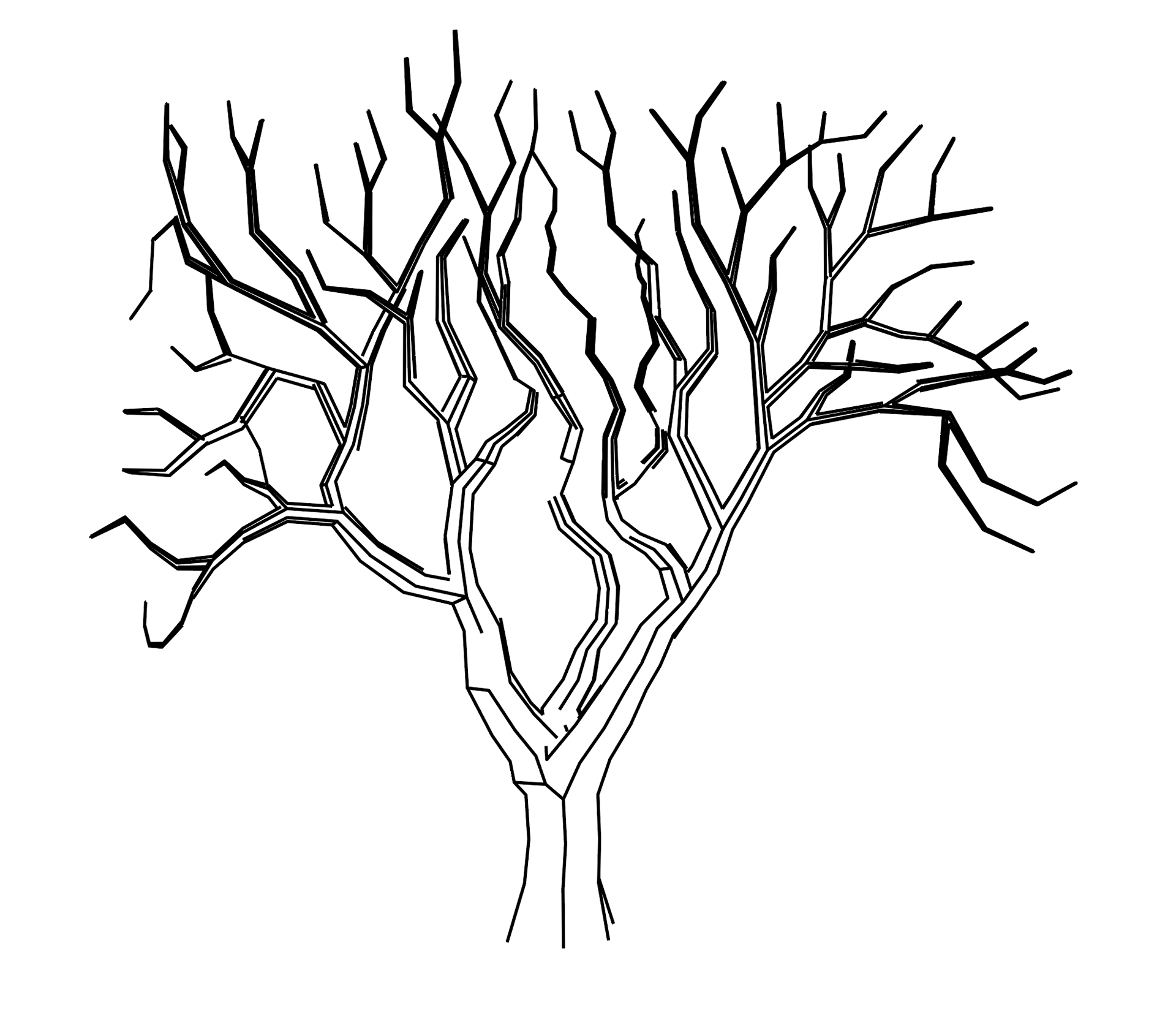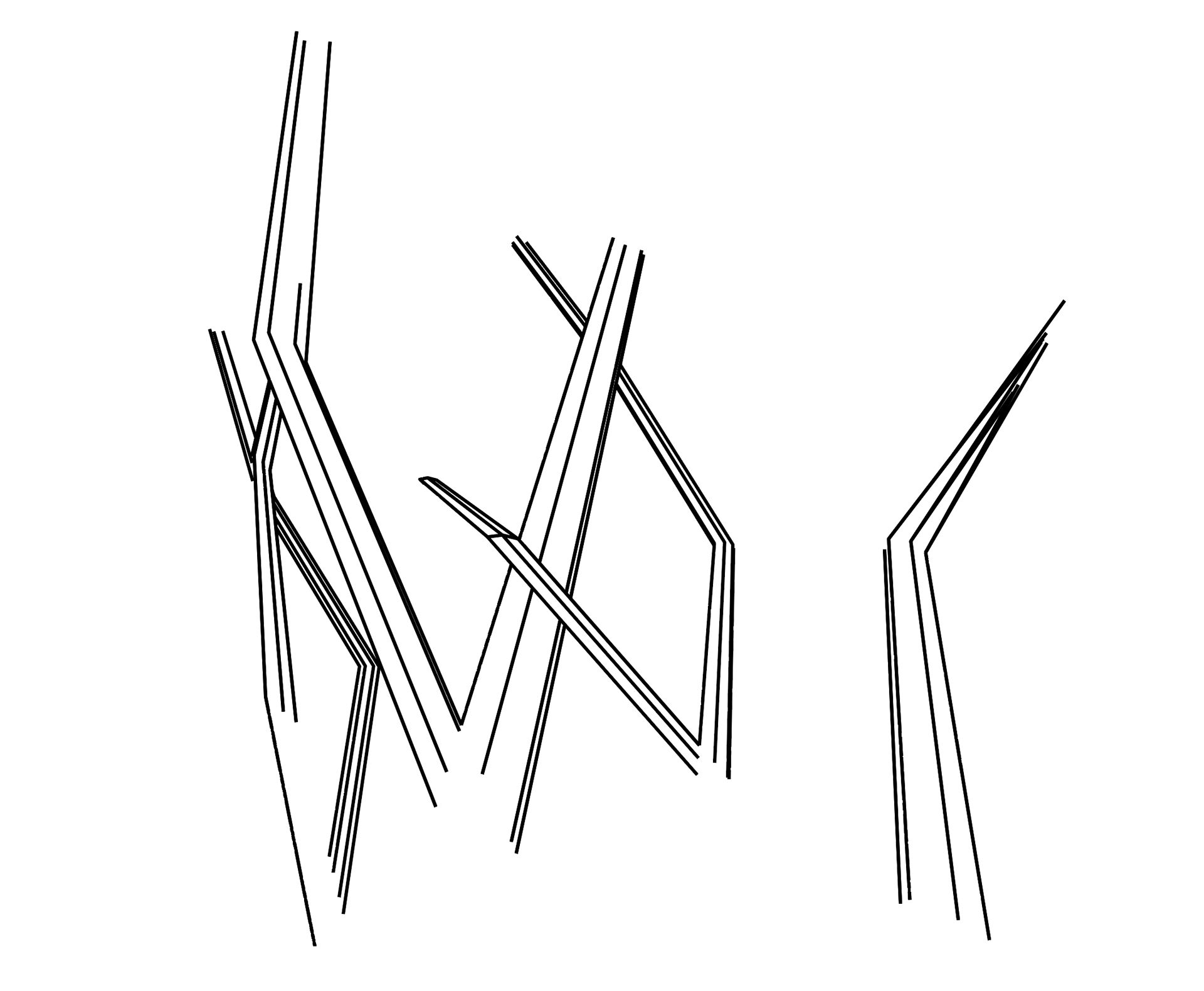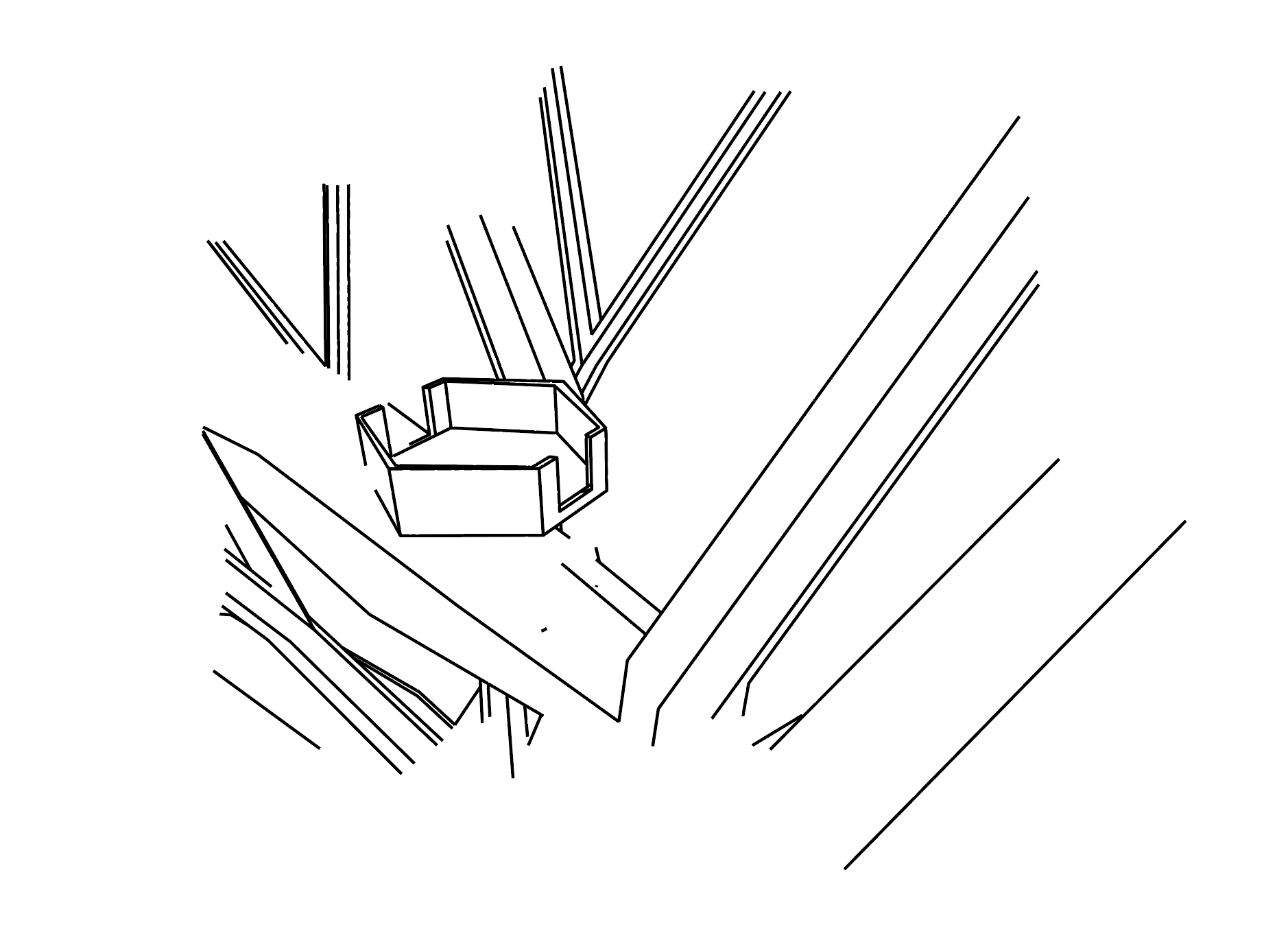TIME:
4 weeks
TEAM:
Solo
TOOLS:
Illustrator
Photoshop
Blender 3D
Miro Whiteboard
PROBLEM:
As a class we were assigned to read a book titled Invisible Cities, a book published in the 1970's containing short descriptions of more than 70 cities. We were assigned to pick a city and we had to design around the existing description. I chose a city named Baucis. The short description of Baucis can be found below.
PROCESS:
I began by researching, looking at images of stilts, people on stilts, art or installations containing stilts. I scoured the text for clues of where to begin my research, for little phrases or words I could grasp and would lead my down a little rabbit hole of precedence and inspiration.My first research board
INSPIRATION:
I took majority of my inspiration from stories I read recently. Namely The Tower of Babylon by Ted Chiang, I also took inspiration from the ancient Greek myth that the name Baucis is based off of. I take lot of inspiration from storytelling and the building of narratives found from literature.This section of my research was a hit with my professor, she loved my process of derivation and research in order to find the scale of the city.
After doing extensive research about cities and precedence, we were instructed to make a measured and scalable model of something within the city. We could choose which 3D modelling software we'd like to use to accomplish this. Because I was modeling the central tree made up of organic forms and curves, I chose Blender. I first tried doing it in Rhino but because the forms are more natural and soft, Rhino isn't the best for curvy forms like that.
I modeled both trees in the center and made sure they intertwined. After this was finished, I exported the line weights as an .SVG file and into Illustrator and began to stylize and edit the line weights into what I envisioned the final presentation.

Both trees intertwined

The Oak

The Lindon
The benefit of modeling it in Blender first was that I could zoom into certain areas on the tree to show points of interest that intertwined. I could also see the trees from different angles all together. Zooming into these and showing the relationship to the two trees and possible facilities that could be placed within those nooks.




I created a map from scratch after doing research into mapping geography from a D&D website. I created new brushes to make the trees and adjusted the colors and scales.
I went with a parchment and watercolor vibes for the presentation, a feeling that's sort of antiquated like I imagine the city to be.
PRESENTATION:
The final was presented in a whiteboarding software named Miro, which is why the boards are very different sizes. This was not made to be presented in a slideshow like Powerpoint. Every choice was intentional.
RESULTS:
This project taught me the importance of derivation in my design work. Each detail of the story needed to have a reason or intent behind it. Being able to craft the narrative and build objects and assets that supported the story I made was incredibly fun.
This project was featured on the University of Utah's Design website, link here! I was asked a few questions about my process throughout. I will include the questions and my responses below.
After experiencing each city in the book, what drew you to the city you selected?
"While reading Invisible Cities I felt incredibly frustrated at how inaccessible the text was. I started out trying to understand each and every city before moving on to the next. Each city felt so out of reach. It was only when I gave up that aspect of wanting to understand and control the cities that I started to gain an appreciation for the text. What drew me to Baucis was that the city didn’t feel overly abstracted or convoluted beyond meaning. I felt like I could relate to the residents of Baucis, I imagine the them as being overly pensive and introverted, like me. The passage of the city also contains an intersection of multiple feelings they might have towards the earth: “… that they hate the earth; that they respect is so much they avoid all contact; that they love it as it was before they existed…” I liked how their emotions and motives weren’t so clearly laid out, there was ambiguity to parse through. Similar to how when I feel something, it’s never just that one emotion. When I first selected my city, I hadn’t considered what drew me to it in this amount of depth. I liked it because I liked it. In spending hours considering, developing and getting to know Baucis is where it revealed itself to me, and I found our similarities."
How did studying an entirely fictional city challenge your typical design research process?
"The fact that the city was entirely fictional was the best part! I had all the creative freedom! I didn’t have to ask someone else what they thought of my choices, I didn’t have to worry about how the residents would feel if I implemented a public transportation system, there were no real repercussions of making a bad city planning decision. I got to shape the city how I wanted it to be and focus on the parts I found interesting. I would definitely live in my city if the opportunity somehow magically presented itself, at least for a little while."
Was it more difficult to derive the measured aspects or the experiential aspects of your drawings?
"I’d say they were close, but the experiential aspects were slightly more difficult for me. I had to think of an interesting and cohesive way to tie in the ephemeral aspects of living in Baucis. I had to keep asking myself “how would a human interact with this space?” because that question didn’t come to me naturally. I became a bit hyper-focused on the intertwining trees for the first half of the assignment, looking at the progress from other classmates, I noticed that I was missing that human element. A city is comprised of its residents!"
How did your understanding of Invisible Cities change through the process of this project?
"My understanding of Invisible Cities remained pretty stable throughout the project, it was only during our presentations that I realized that it could be seen as a problematic book. While working on the project I was so focused on my city that the rest of the book and context were blurred out in the background. It was when I finished working on my presentation that I could take a step back and see everyone’s cities and understand that mine was only a tiny part of a larger whole."
How did this process change your understanding of our built environment?
"I realized how much one can take away from and begin to comprehend another solely by their surroundings. Is the city of Baucis the way it is because the residents act a certain way or do the residents of Baucis act that way because of the physical aspects of the city? Does the community define the individuals or do the individuals define the community? Does the situation define the character or does the character define the situation? Understanding the larger context is an important aspect in understanding the subject. There’s a lot of give and take there. While developing my city, I had to consider how a measured aspect of the city would directly impact the ephemeral experiences. Ultimately, I see the two working together and the environments function as a sort of funhouse mirror. The two resemble each other, but maybe not at first glance."
FALL 2021
PRODUCT RESEARCH 1
PROFESSOR MORGAN











